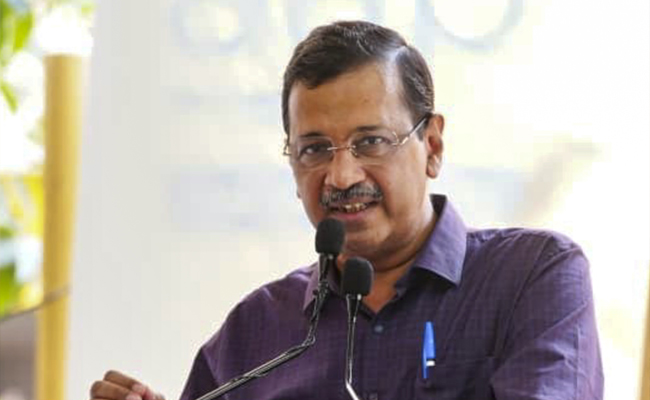Bengaluru: Karnataka, India’s leading producer of silk, is witnessing a sharp decline in raw silk output this year, as pest outbreaks and rising input costs drive sericulture farmers to shift away from the crop in favour of fruits, vegetables, and flowers.
The Central Silk Board (CSB) has projected India’s total raw silk production at 30,614 tonnes for the 2024-25 marketing year (April-December) — a significant drop from last year’s 38,913 tonnes, as reported by Deccan Herald on Sunday.
“The data is provisional and does not include estimates of raw silk produced between January and April, production may cross 38,000 to 40,000 MT,” DH quoted Kumaresan Periasamy, scientist, Central Silk Board, as saying.
Despite optimism shown by the official, ground reports from key sericulture hubs such as Sidlaghatta and Ramanagara — popular for cocoon markets and silk reeling — paint a grim picture.
“There have been many diseases that have affected the mulberry crop in the past five years. As a result, many have shifted out of the profession,” DH quoted a farmer from Sidlaghatta as saying. He noted that over the years, labour shortages, escalating costs, and recurring pest and disease outbreaks have severely impacted the viability of sericulture.
While a kilogram of the crossbreed variety of silkworm cocoons can fetch up to Rs 650, input costs have risen to Rs 500 per kg, the report added.
Many farmers who have quit sericulture have reportedly moved on to growing fruits, flowers, and vegetables.
Karnataka, which contributes around 40 percent of the nation’s silk, produced nearly 29,000 tonnes of mulberry silk alone in 2023–24. However, the state’s dominance is being challenged by a combination of factors, including stagnant cocoon prices, stiff competition from Chinese silk imports, and spiralling production costs.
Let the Truth be known. If you read VB and like VB, please be a VB Supporter and Help us deliver the Truth to one and all.
Panaji (PTI): As part of a crackdown against tourist establishments violating laws and safety norms in the aftermath of the Arpora fire tragedy, Goa authorities on Saturday sealed a renowned club at Vagator and revoked the fire department NOC of another club.
Cafe CO2 Goa, located on a cliff overlooking the Arabian Sea at Vagator beach in North Goa, was sealed. The move came two days after Goya Club, also in Vagator, was shut down for alleged violations of rules.
Elsewhere, campaigning for local body polls, AAP leader Arvind Kejriwal said the fire incident at Birch by Romeo Lane nightclub at Arpora, which claimed 25 lives on December 6, happened because the BJP government in the state was corrupt.
An inspection of Cafe CO2 Goa by a state government-appointed team revealed that the establishment, with a seating capacity of 250, did not possess a no-objection certificate (NOC) of the Fire and Emergency Services Department. The club, which sits atop Ozrant Cliff, also did not have structural stability, the team found.
The Fire and Emergency Services on Saturday also revoked the NOC issued to Diaz Pool Club and Bar at Anjuna as the fire extinguishers installed in the establishment were found to be inadequate, said divisional fire officer Shripad Gawas.
A notice was issued to Nitin Wadhwa, the partner of the club, he said in the order.
Campaigning at Chimbel village near Panaji in support of his party's Zilla Panchayat election candidate, Aam Aadmi Party leader Kejriwal said the nightclub fire at Arpora happened because of the "corruption of the Pramod Sawant-led state government."
"Why this fire incident happened? I read in the newspapers that the nightclub had no occupancy certificate, no building licence, no excise licence, no construction licence or trade licence. The entire club was illegal but still it was going on," he said.
"How could it go on? Couldn't Pramod Sawant or anyone else see it? I was told that hafta (bribe) was being paid," the former Delhi chief minister said.
A person can not work without bribing officials in the coastal state, Kejriwal said, alleging that officers, MLAs and even ministers are accepting bribes.




